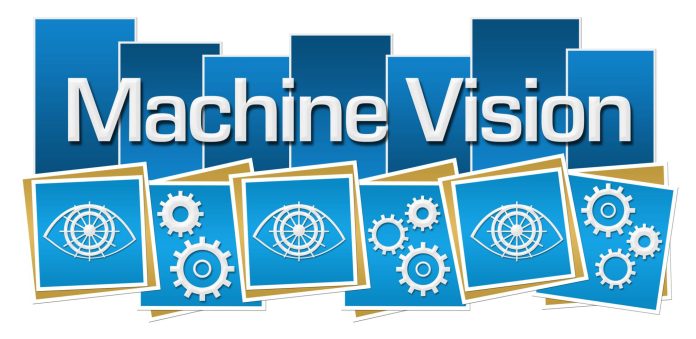Machine vision sales growth stuck in single digits despite advent of Industry 4.0
Very sophisticated sensor technology is key to the next phase in the development of the internet of things. Machines, vehicles and devices will need to be able to “see” to collect valuable data, avoid collisions and spot when something has gone wrong.
Yet sales of machine vision technology are fairly modest and growing at a fairly sedate pace. In 2015, the German machine vision industry, which is in the vanguard of this sector, achieved sales of two billion euros – a rise of 9% compared to the previous year, according to figures recently released by the industry association VDMA.
Although sales have more than doubled in the past 10 years, according to the VDMA, there is no sign yet of the exponential growth you might expect as machine vision moves beyond simply inspecting finished products for defects to a much wider range of applications. In theory at least, the market should see a dramatic boost as the internet of things expands and the Industry 4.0 concept gains traction. Machine vision is a pivotal enabling technology for Industry 4.0, which involves extensive data capture and analytics to continually optimise the operation of factories.
Slight slowdown in 2016?
If there is a tipping point ahead for the machine vision market, it isn’t going to happen in 2016. The VDMA forecasts that the German machine industry’s sales will rise just 8% to 2.2 billion euros in 2016. That forecast is based on 15% growth in Asia, 14% in America and just 5% in Europe. “There is greater caution about developments in Europe,” the VDMA says. “Relevant risks and opportunities include future developments in the price of raw materials, exchange rates, and last but not least, the effects of political crises.”
Independent analysts also see steady, rather than spectacular, growth ahead. The global machine vision market is set to grow from US$ 8.08 billion in 2015 to US$ 12.49 billion by 2020, at a CAGR of 9.1%, according to RnR Market Research.
Such forecasts may reflect the fact that the manufacturing sector is inherently conservative. Few companies are prepared to overhaul existing production lines to implement complex Industry 4.0 systems. The costs of down time are too great. Instead, self-optimisation technologies are likely to be adopted primarily by new factories, curbing the pace of adoption.
Looking beyond the factory floor
Still, the machine vision sector should be seeing strong growth in non-industrial applications, such as driver support systems, building and land surveillance, conservation, logistics and medical technology. The VDMA says Germany’s machine vision sales to non-industrial sectors grew an average of 16% per year between 2011 and 2015.
Ongoing improvements in the technology, such as the growing sophistication and flexibility of systems that can “see” in 3D and the employment of machine learning techniques, could expand the market further still. The forthcoming VISION trade fair, held by the VDMA in November in Stuttgart, should help to clarify whether there is a tipping point ahead. One of the key talking points is likely to be the falling cost and improving processing speed of 3D machine vision systems.
Among the 400 exhibitors will be some notable debutants. German technology company Bosch, for example, will be present for the first time. It plans to showcase its APAS Inspector solution for smart manufacturing. Designed for human-machine cooperation, the system can be configured to stop working if a human gets too close and start again once the human is out of the way. Bosch says APAS, which uses 3D imaging, can inspect matte or glossy surfaces, give completeness checks, as well as carry out micro-crack and dimensional inspection.
In a news release issued by the VISION organizers, Jana Bartels, product manager for 3D/ToF at Basler, a machine vision company based in Ahrensburg, added: “There is growing interest in 3D cameras, for example, for process automation and monitoring, to simplify the control of robotic systems, and to optimize, and increase the security of, man-machine interfaces.” She highlighted a collaborative project between Jungheinrich and the Hanover Institute for Integrated Production with Basler, and Götting KG and the University of Lübeck to create a “high-reach fork-lift truck that understands human language and uses 3D machine vision to interpret gestures.”
That fork-lift truck is likely to be a harbinger of things to come – the rise of robots equipped with artificial intelligence could yet give the machine vision market the major fillip it has been waiting for.

